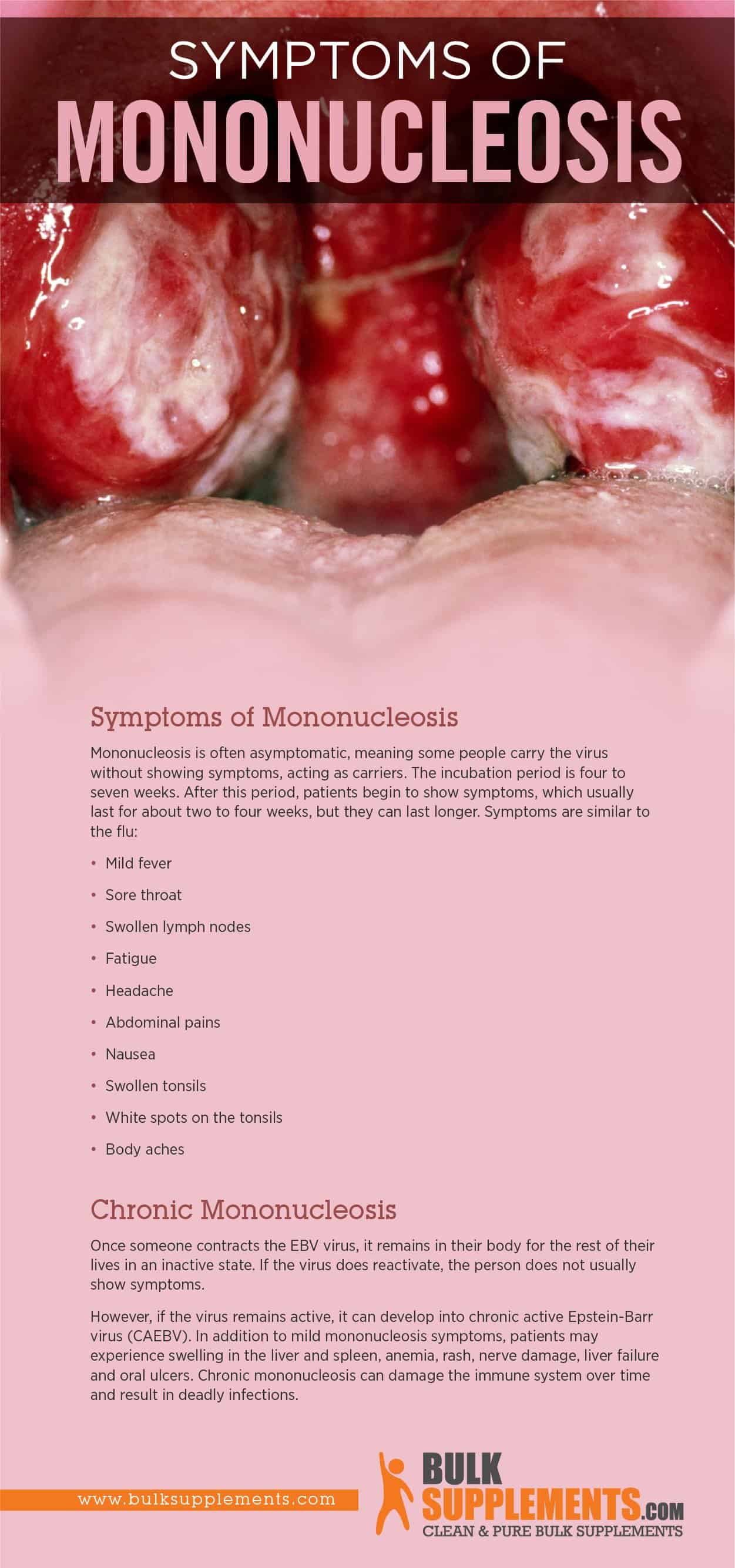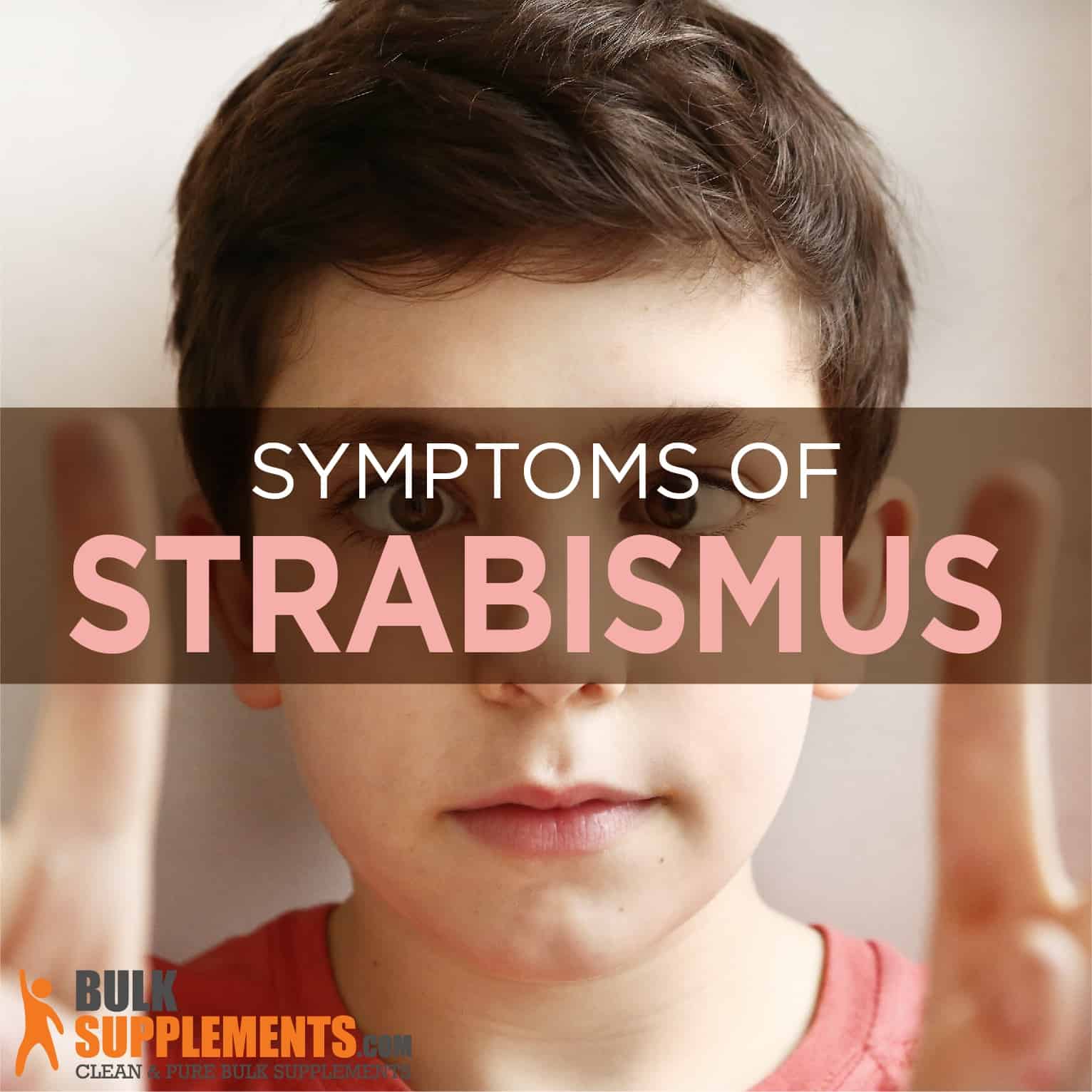Mononucleosis (Mono): Symptoms, Causes & Treatment

Mononucleosis
What is Mononucleosis?
The Epstein-Barr virus (EBV) belongs in the herpes virus family. It is very common and causes several infectious diseases, such as mononucleosis. Teenagers and young adults commonly contract mononucleosis, between ages 15 and 24. It affects 95 percent of people in the world at some point in their lives, though many people will never show symptoms.
Mononucleosis Transmission
Mononucleosis is not as contagious as the common cold or flu virus, but it spreads easily through contact with saliva. It’s usually transmitted through:
- Kissing
- Coughing or sneezing
- Sharing utensils
Symptoms of Mononucleosis
Mononucleosis is often asymptomatic, meaning some people carry the virus without showing symptoms, acting as carriers. The incubation period is four to seven weeks. After this period, patients begin to show symptoms, which usually last for about two to four weeks, but they can last longer. Symptoms are similar to the flu:
- Mild fever
- Sore throat
- Swollen lymph nodes
- Fatigue
- Headache
- Abdominal pains
- Nausea
- Swollen tonsils
- White spots on the tonsils
- Body aches
Chronic Mononucleosis
Once someone contracts the EBV virus, it remains in their body for the rest of their lives in an inactive state. If the virus does reactivate, the person does not usually show symptoms.
However, if the virus remains active, it can develop into chronic active Epstein-Barr virus (CAEBV). In addition to mild mononucleosis symptoms, patients may experience swelling in the liver and spleen, anemia, rash, nerve damage, liver failure and oral ulcers. Chronic mononucleosis can damage the immune system over time and result in deadly infections.

Complications from Mononucleosis
People suffering from chronic mononucleosis may suffer from complications including splenic rupture, respiratory complications, neurological complications and hematologic complications.
Splenic Rupture
Too much swelling in the spleen can cause it to rupture. If someone has a ruptured spleen, they will feel pain in the upper-left part of the abdomen below the rib-cage, as well as in the left side of the chest and shoulder. They will also experience dizziness, blurred vision and loss of consciousness.
Respiratory Complications
Swollen lymph nodes can cause blockage in the upper airways, causing difficulty breathing.
Neurological Complications
In rare cases, chronic mononucleosis will cause encephalitis, seizures, psychosis, cranial nerve palsies and Guillain-Barre syndrome.
Hematologic Complications
Hematologic complications are problems in the blood. Patients usually have these conditions for a limited time. They include granulocytopenia, thrombocytopenia and hemolytic anemia.
Severe cases of thrombocytopenia or granulocytopenia are not common, but mild forms occur in 50 percent of mononucleosis patients. They are usually related to bleeding or bacterial infections. Hemolytic anemia is the result of an antibody that targets red blood cells, causing the body to destroy them faster than it can make them.
Other Long Term Side-Effects
Some patients may develop jaundice, in which the skin and eyes yellow. Some cases lead to hepatitis if the liver becomes inflamed or anemia, characterized by a low red blood cell count. Research links it to myocarditis, inflammation in the heart. Research also states that mononucleosis may trigger multiple sclerosis, an autoimmune disease. It can cause certain cancers, including Hodgkin lymphoma and nasopharyngeal carcinoma.
Mononucleosis Diagnosis
Because the symptoms are similar to other illnesses, it can be difficult for patients to differentiate. But because it can result in complications, diagnosis is important.
Physical Examination
In the physical exam, the doctor looks for signs of swelling in the lymph nodes, tonsils, liver and spleen.
Complete Blood Cell Count
This test detects an increase in the number of white blood cells and checks for abnormally shaped white blood cells, which can indicate infection.
Monospot Test
This is an older blood test that checks for antibodies that the immune system produces in response to the mono virus. But these antibodies can also result from other conditions, which causes inaccurate results, especially within the first week of infection.
Mononucleosis Treatment
There are no medications to treat mononucleosis. Rather than treating the virus, patients can treat their symptoms and any secondary infections that they contract with appropriate antibiotics and pain relievers.
SEE ALSO

Strabismus: Causes, Symptoms & Treatment
Streptococcal infection, sinus infection and tonsillitis are all secondary infections that accompany mononucleosis. They can be treated with antibiotics, such as amoxicillin and penicillin. Acetaminophen and ibuprofen can relieve pain.
Like many other viral infections, mononucleosis will resolve on its own after running its course for about a month. Patients can help themselves recover by resting as much as possible, especially for the first couple of weeks. It’s important to drink lots of water and avoid alcohol to avoid putting any extra stress on the spleen and liver. Gargling salt water can help relieve a sore throat, along with throat lozenges, cold drinks or ice cream, Popsicles or other frozen desserts. Patients should also avoid exercise or sports until the doctor certifies that it is safe — the spleen is delicate during mononucleosis and physical exercise can lead to splenic rupture.
Supplements for Mononucleosis
Creatine Monohydrate
Creatine monohydrate helps send energy to the muscles and helps treat muscular diseases and inflammations caused by infections, such as mononucleosis.
Green Tea Extract
This green tea derivative is a rich source of antioxidants with anti-inflammatory and antibacterial effects, as well as cardiovascular benefits.
Echinacea
Echinacea is a traditional herb native to the United States, Europe and Canada. This supplement boosts the immune system in order to fight infection. It can also heal skin wounds as a topical ointment.
Cranberry
Native primarily to North America, cranberry extract mostly helps maintain bladder health but it may also be able to fight viruses. However, it is not certain if it works against the mononucleosis virus.
The Bottom Line
The Epstein-Barr virus causes mononucleosis, transferring through saliva contact, such as kissing and sharing food utensils. The symptoms are usually mild — fever, sore throat, body aches, swollen tonsils — but some cases cause complications like inflammation and rupture in the spleen and liver, difficulties breathing from swollen lymph nodes and complications in the blood.
The disease cannot be cured, but symptoms typically disappear on their own after about a month, usually without complications. Patients can manage symptoms with adequate rest, drinking lots of fluids and taking antibiotics or anti-inflammatory medications for secondary infections. Supplements can also help promote and maintain overall health to strengthen the immune system.



